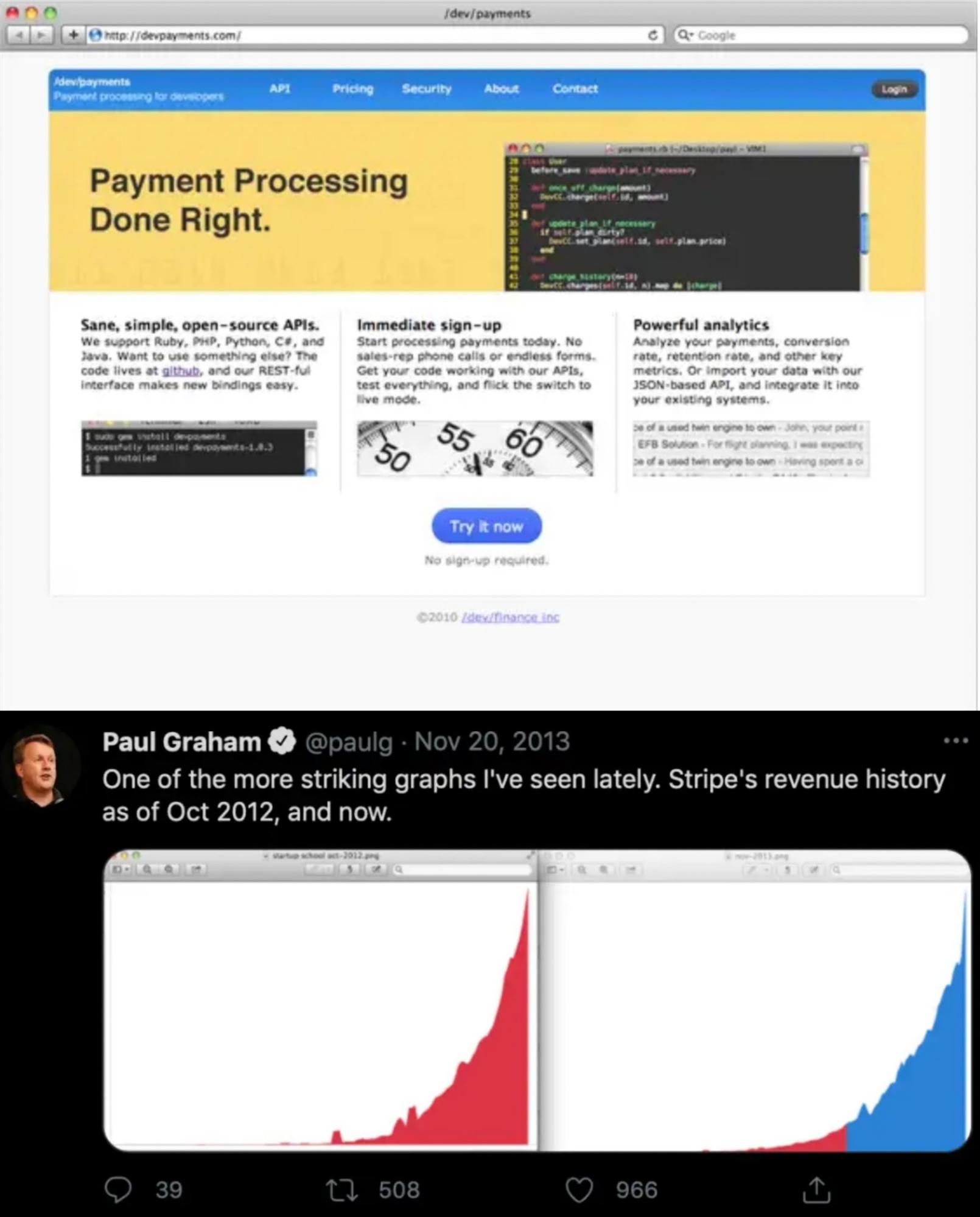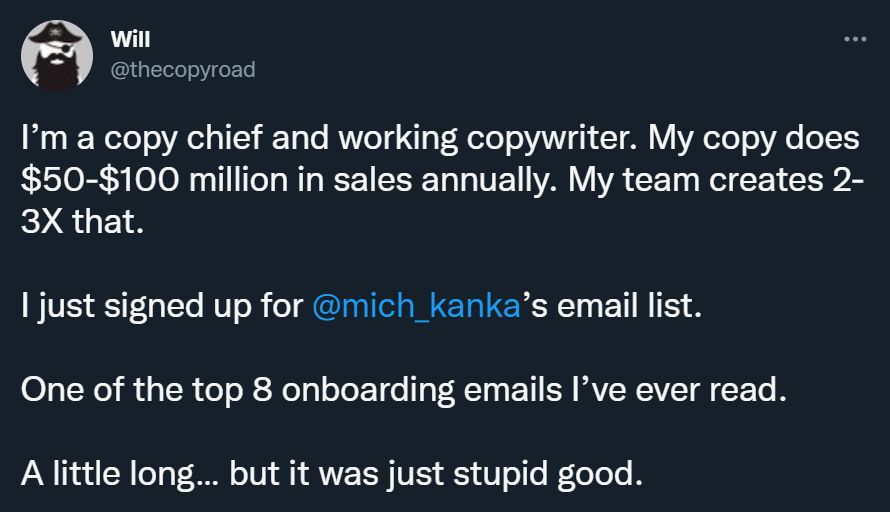How Stripe got its first users?

Stripe was born to make payment easier for developers. Other payment services, such as PayPal, didn't focus that much on developers.
Patrick Collison knew Paul Graham from Y Combinator. Collison's previous project, Auctomatic (an online auction management system), was built thanks to YC.
Before Paul and his brother, John, launched Stripe's prototype, it took them 6 months to iterate a lot and ask their friends for feedback. Then, they had a prototype ready in 2 weeks. 280 North was their first customer. It was one of the YC companies.
Graham trusted Patrick with Stripe because Auctomatic was profitable as well. Around $30,000 was enough for Collison to get more traction. /Dev/Payments was the primary name, but it was changed to a much simpler Stripe pretty fast.
Stripe grew mainly through word of mouth. In Patrick Collison's words: "That was surprising to us because it’s a payment system not a social network so it’s not something you’d think would have any virality whatsoever. But it became clear that everything else was so bad and so painful to work with that people actually were selling this to their friends."
Other than that, Paul Graham's activity on his social media channels (mostly Twitter). He put great trust in that project. Stripe was also talked about on the YC blog.
Get your
"oh sh*t, this might work for us!"
moment in the next 5 minutes
Viral marketing case studies and marketing psychology principles that made hundreds of millions in months or weeks
In the first email:
- a step-by-step strategy that made $0-$30M within 9 weeks with $0 marketing budget (case study)
- cheatsheet (PDF) of 10 biases in marketing used by top 2% companies
Other than that:
- weekly original content that helps you STAND OUT by providing more perceived value with less work

(You won't find it anywhere else)

Explore Cognitive Biases in Marketing